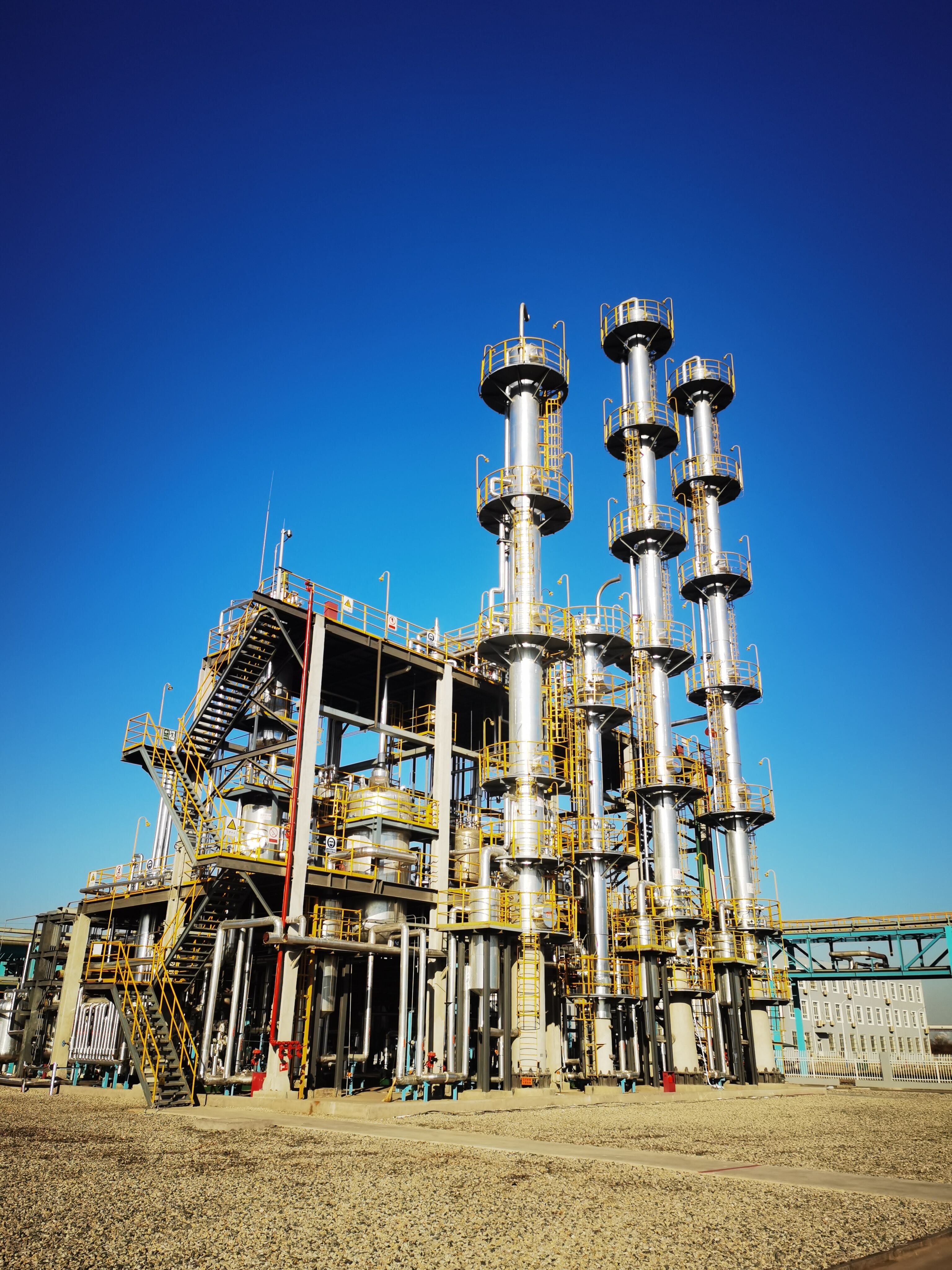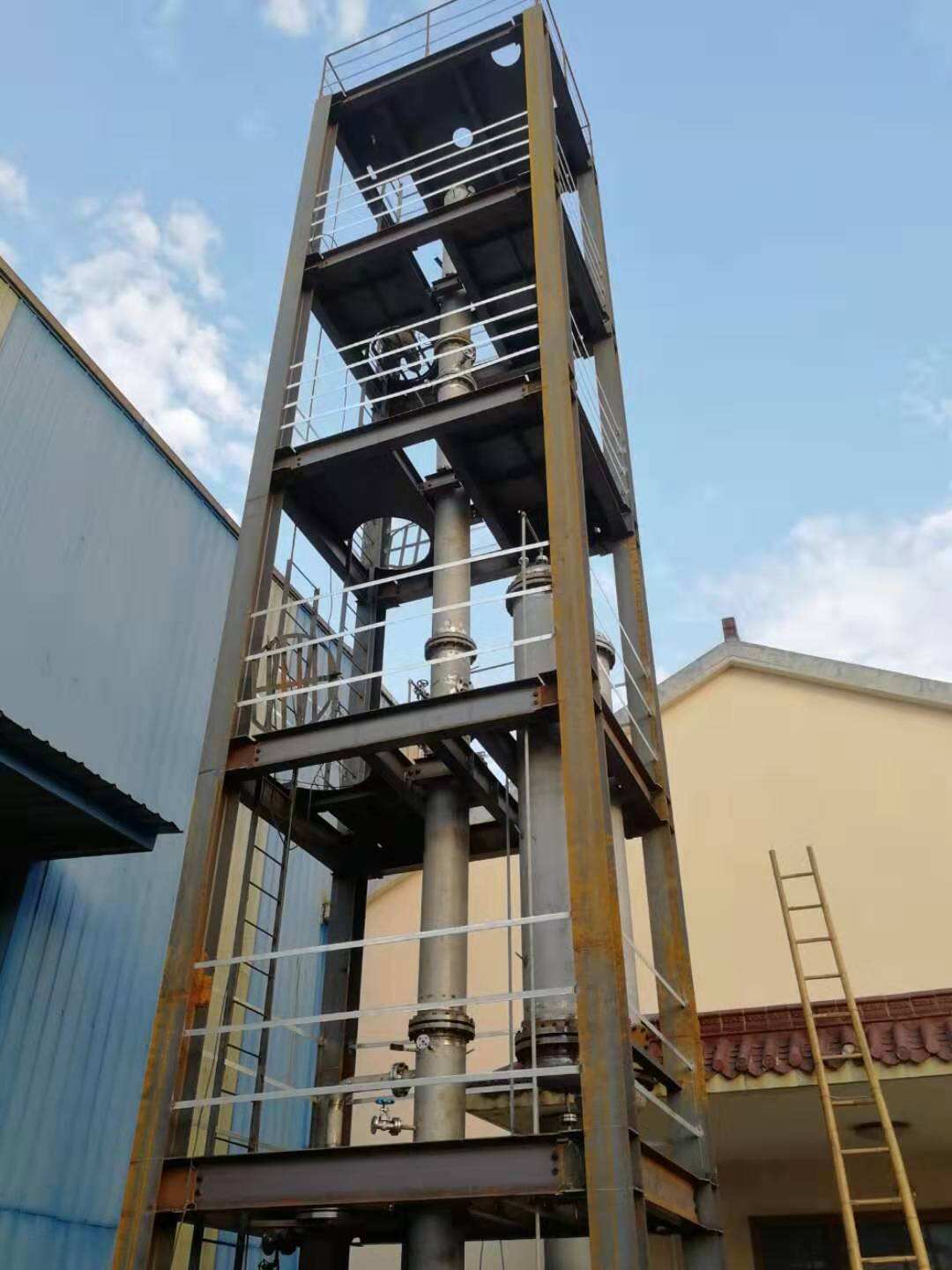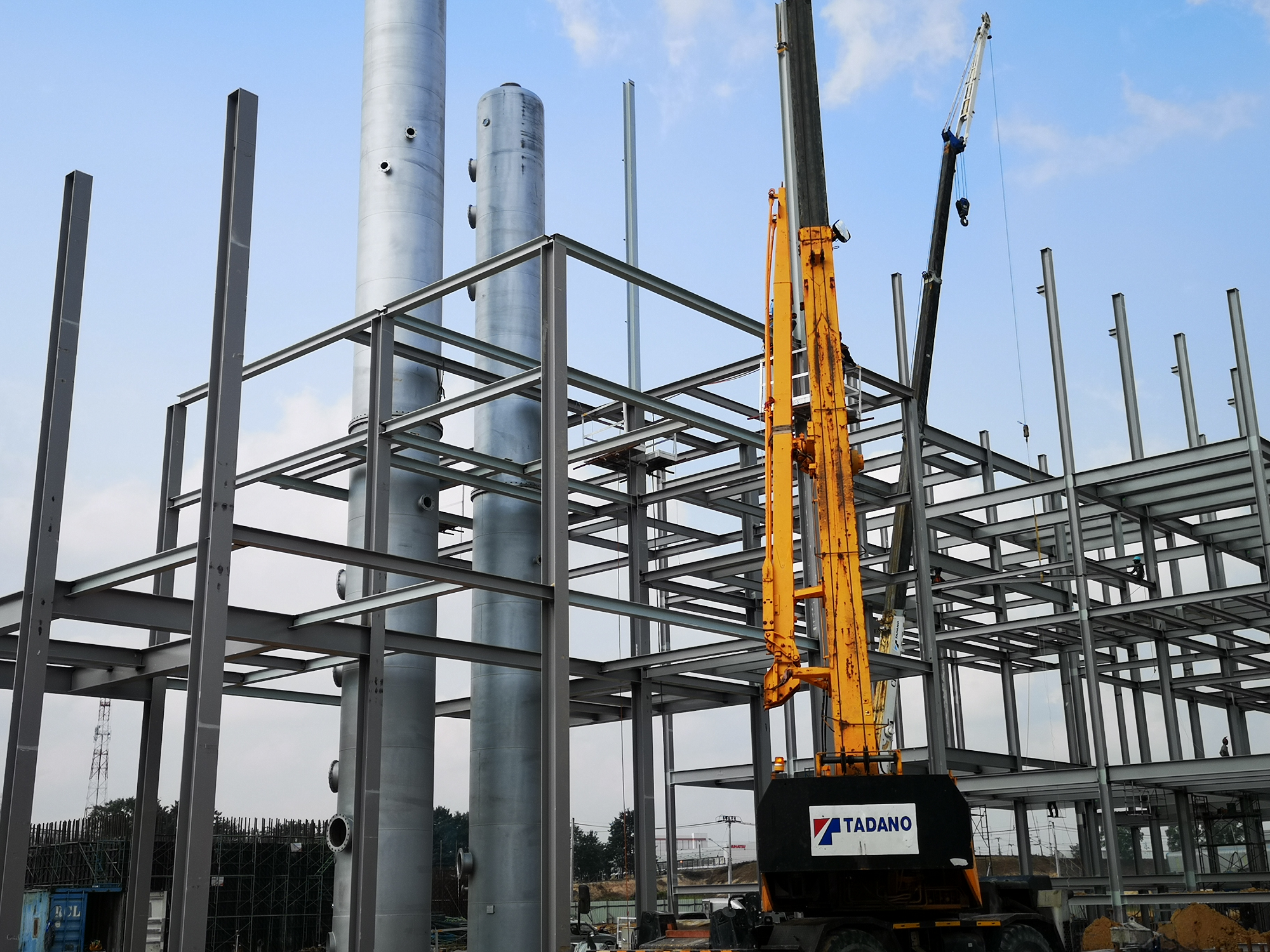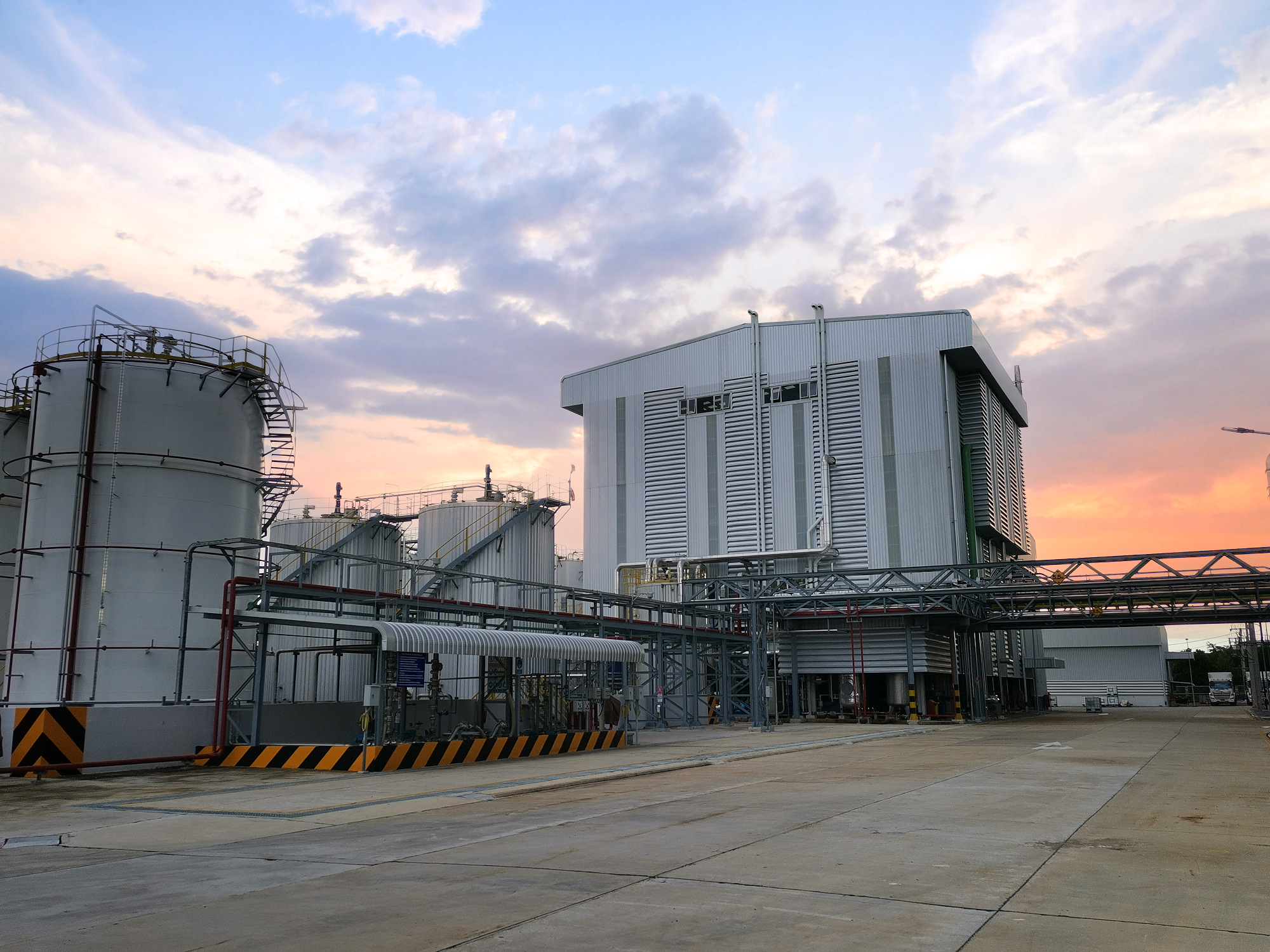
The company’s approach to analysis, synthesis, and design of chemical processes follows a systematic methodology in three phases:
1. Analysis: Detailed evaluation of process requirements, including feedstock properties (composition, flow rate, temperature), product specifications (purity, yield), and constraints (safety, environmental, economic). Using statistical design of experiments (DOE), critical process parameters are identified, such as reactor temperature (±5°C), pressure (±0.1 bar), and catalyst loading (±0.5%) for a hydrogenation process.
2. Synthesis: Development of innovative process routes through systematic screening of technologies, such as evaluating batch vs. continuous processing, conventional vs. intensified equipment (microreactors, rotating packed beds). In a fine chemicals project, a continuous flow synthesis route was selected over batch, reducing cycle time from 12 hours to 45 minutes.
3. Design: Detailed engineering design incorporating process simulation (Aspen Plus), equipment sizing, and cost estimation. Economic analysis tools (CAPEX/OPEX modeling) are used to evaluate different design options, such as comparing fixed-bed vs. fluidized-bed reactors for a Fischer-Tropsch synthesis plant.


